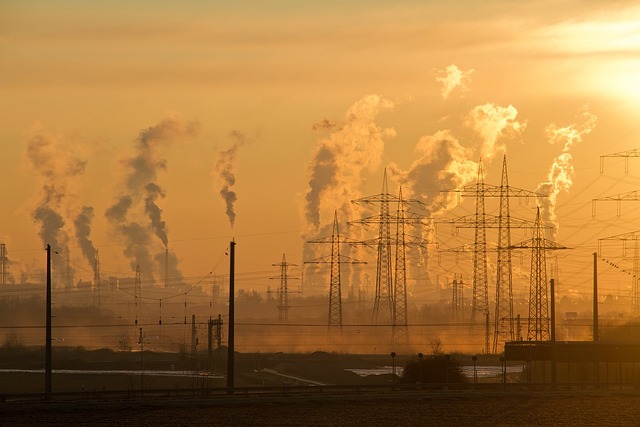The Impact of Light Pollution on Climate Change: Shedding Light on a Darker Environmental Issue
The modern world is undoubtedly filled with technological advances that enhance our daily lives, but have you ever paused to consider the impact of our nighttime glow? Light pollution, the excessive or misdirected artificial light produced by cities, homes, and infrastructure, is a growing yet often overlooked issue that carries significant implications for our environment and climate change.
When you think of climate change, you might envision rising temperatures, melting ice caps, or extreme weather events. However, the far-reaching effects of light pollution can be just as detrimental, contributing subtly yet significantly to the warming planet. Bright city lights not only obscure our view of the stars but also disrupt ecosystems in ways that we are just beginning to understand.
Environmental Disruption
Many species, including insects, birds, and mammals, rely on natural light cues for essential behavioral patterns such as migration, reproduction, and foraging. For example, artificial light at night can confuse migratory birds, leading them to alter their flight paths or breed at inappropriate times. The repercussions ripple through ecosystems, disrupting food chains and leading to declines in biodiversity. As we strive for a sustainable future, the adverse impact of light pollution on wildlife reminds us that even well-intentioned human progress can come at a cost.
Impact on Energy Consumption
Furthermore, light pollution is not just an aesthetic nuisance—it affects our energy consumption levels. Increased nighttime illumination often leads to higher energy requirements, resulting in greater fossil fuel combustion. This exacerbates carbon emissions, contributing further to the climate crisis. According to studies, a significant portion of energy use in urban areas arises from excessive artificial lighting. If we were to reduce our reliance on bright lights, we could not only help save wildlife but also mitigate our carbon footprint.
Human Health and Well-being
On a more personal note, light pollution can also impact human health and well-being. The blue light emitted by streetlights and screens interferes with our sleep patterns, disrupting circadian rhythms. Poor sleep has been shown to have a cascading effect on health, mood, and even our ability to respond to stress. When we prioritize natural nighttime darkness, we enhance not only our environment but our own health as well.
As we navigate the complexities of climate change, it’s essential to recognize that light pollution is part of the broader environmental picture. Efforts to combat climate change must include addressing this often-ignored form of pollution. By advocating for better lighting practices, promoting awareness, and supporting technologies that minimize unnecessary glare, we can work towards a healthier world.
Ultimately, creating a more sustainable future calls for a collective effort. Reducing light pollution is a tangible action we can take to protect ecosystems, reduce energy consumption, and improve our overall health. As we become more conscious of the light we produce and the spaces we inhabit, we can foster a deeper connection with our environment and ensure a more harmonious coexistence with nature.




